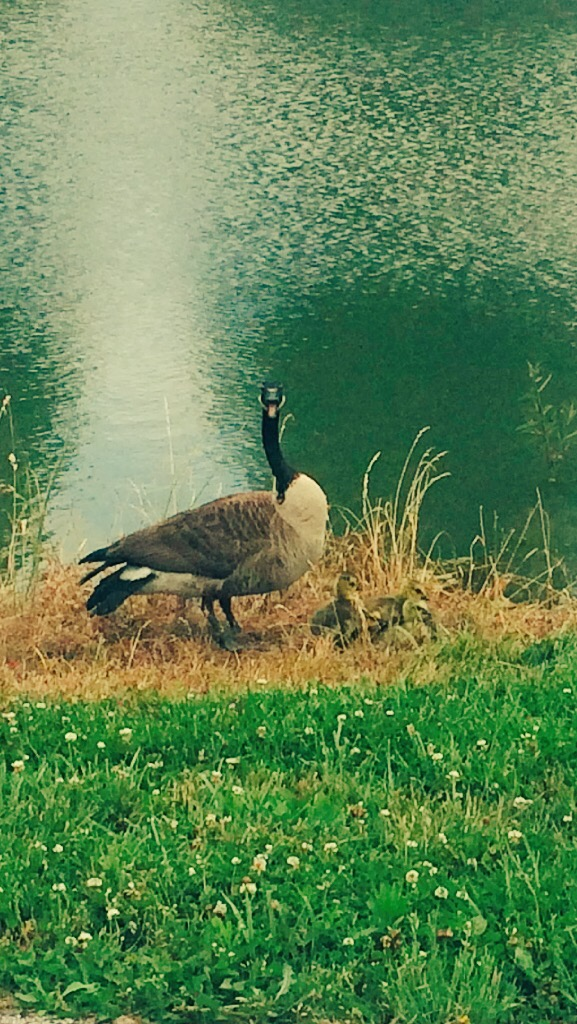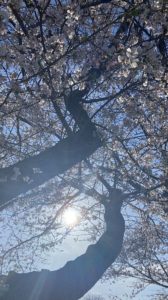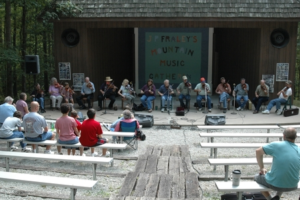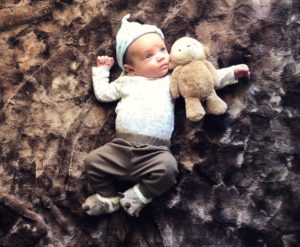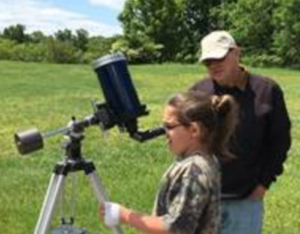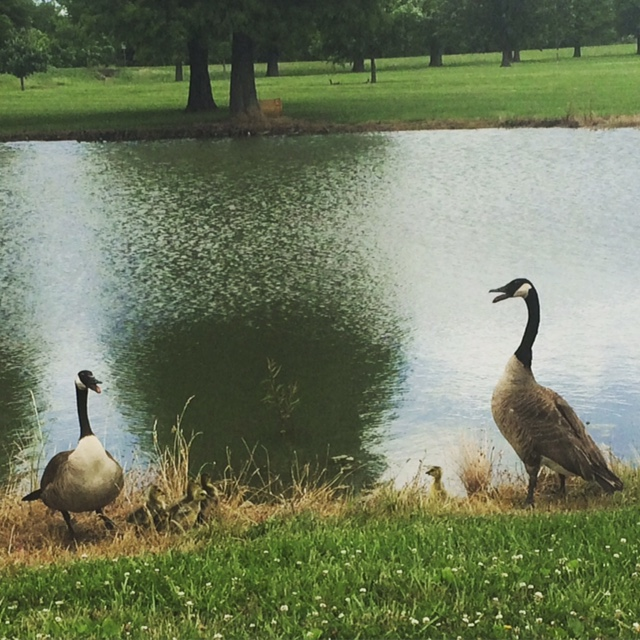
Whether you call them “Canadian Geese” or “Canada Geese,” there’s no mistaking these big beauties. My oldest daughter Emily took the picture above and the one below while enjoying a great walk while the temperatures were in the sixties (!!!). The ones later in the post were taken my me on another trip.
We both find it a bit of a challenge to get pictures as awesome as we’d like them to be without getting so close that we stress out the geese. When photographing animals, we have the same motto…. Our photos are nowhere near as important as their feelings of safety and happiness.
She got some especially beautiful pictures from a pretty far distance!
Facts About Canada Geese:
- Canadian geese actually spend as much time on land as they do in the water.
- During the spring and summer months, the geese will eat 12 hours or more a day (even more than a teenager!) – leaves, flowers, stems, roots, seeds and berries.
- From Canadian Geographic: Canada geese normally migrate to southern agricultural areas for the winter. To do so, they fly in the distinct “V” pattern, where one goose is the leader and its flock follows behind in a v-shape. This helps the geese save energy when they migrate, benefit from the air currents passing the leader, permitting them to fly longer distances. The v-shape also allows for an easier coordination of the flock’s movements, such as a change in flight speed or direction. The formation lets these changes be communicated quickly and efficiently to all geese in the flock. When geese are flying in formation, you can often hear them calling to each other. Adult Canada geese have about 13 different calls, ranging from low clucks and murmurs communicated while feeding and loud greeting and alarm calls. Goslings even start to communicate with their parents while they’re still in the egg. A gosling can make a call, or peep, if it’s distressed or content.
- Male and female Canadian geese are similarly colored – it can be all but impossible for most of us to even begin to tell them apart. In a breeding pair, the female is usually smaller, but the size differential is often hard to detect.
- Canadian geese often return to nest where their parents did – year after year, generation after generation.
- Canadian geese have very STRONG and EMOTIONAL family ties. The male is very loyal to his mate and offspring. A female or male goose will put himself/herself in danger to protect their mate, and both parents will place themselves in harm’s way to protect their young. If one member of the family is injured, a goose will stay beside them – guarding the injured goose until it recovers or dies.
- Canada geese are, sadly, the most hunted waterfowl in North America. How anyone could kill one of these beautiful birds is beyond me.
Thanks, Emily, for the gorgeous pictures! Follow Emily on Instagram for more beautiful photography… like her mom, she’s both a huge animal lover and a self-described “crazy cat lady”, so there are LOTS of cats and animals.
We Crazy Cat Ladies parade it around, you know.
